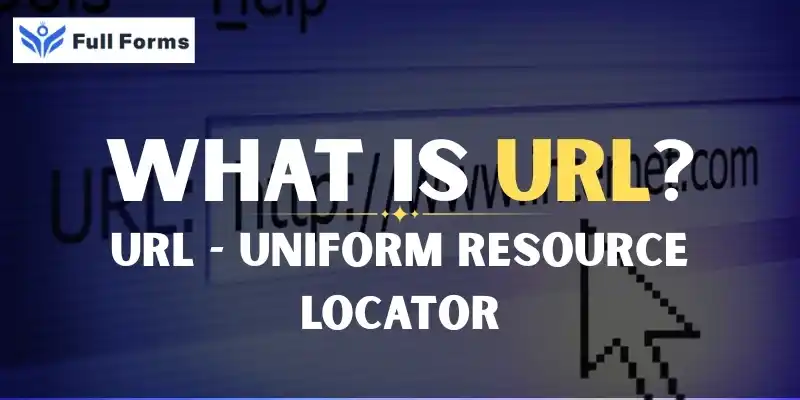Uniform Resource Locator
(URL)

Description
Uniform Resource Locator (URL): An Easy-to-Understand Guide
Every time you visit a website, click a link, or share a web address with a friend, you’re using something called a Uniform Resource Locator, or URL. While most of us use URLs daily, many people don’t realize what they are or how they work. Let’s take a closer look at URLs, breaking them down in simple terms and explaining why they’re so important in the world of the internet.
What Is a URL?
A Uniform Resource Locator (URL) is the official term for what most people call a “web address.” It’s the string of characters you see in your browser’s address bar when you visit a website. For example, https://www.example.com is a URL. Think of a URL as the digital address that points you to a specific location or resource on the internet—much like how a street address tells you where someone lives in the real world.
Why Are URLs Important?
URLs are essential because they make finding and sharing information on the internet quick and straightforward. Without URLs, you’d have no easy way to tell your browser where to go or to pass along an exact resource to someone else. URLs let you:
- Access websites and web pages
- Download files or images
- Link to videos, documents, or other online content
- Share exact locations of resources with others
In short, URLs are the backbone of web navigation and sharing.
The Anatomy of a URL
A URL might look intimidating at first glance, but it’s simply made up of different parts, each with a specific role. Here’s a breakdown of a typical URL:
https://www.example.com:443/path/to/page?search=query#section
Scheme (Protocol):
This is the first part, like http, https, ftp, and so on. It tells your browser how to communicate with the server. Most websites today use https, which stands for HyperText Transfer Protocol Secure, ensuring information is encrypted for safety.
Host (Domain Name):
This is the main address, such as www.example.com. It tells the browser which server to contact.
Port (Optional):
Sometimes, you’ll see a colon followed by a number (like :443). This specifies the port on the server to connect to. For most web browsing, ports are handled automatically.
Path:
This part follows the domain and points to a specific page or resource, like /path/to/page. It tells the server which content you want.
Query String (Optional):
After a question mark (?), you might see something like search=query. This section passes extra information to the server, such as search terms or filter options.
Fragment (Optional):
Anything after a hash (#), such as #section, tells the browser to go to a specific part of the page.
Examples of URLs in Everyday Use
- Website Home Page:
https://www.newswebsite.com - Specific Article:
https://www.newswebsite.com/articles/technology/latest-gadgets - PDF Download:
https://www.company.com/files/report.pdf - Search Result:
https://www.shop.com/products?search=shoes
Each of these URLs points to a unique resource or location on the web.
How Do URLs Work?
- The browser deciphers the protocol (like https) and prepares to communicate in that language.
- It finds the server linked to the domain name.
- The browser requests the specific resource described in the “path” part of the URL.
- If there are queries or fragments, the browser passes those along to get the content or display the right section.
All of this happens in a split second, bringing you the website or file you requested.
Tips for Using URLs
- Be Careful: Only click on URLs from trusted sources to avoid phishing scams.
- Shorten When Needed: Long URLs can be shortened with online tools for easier sharing.
- Case Sensitivity: Paths and queries can be case-sensitive, so check your spelling.
Conclusion
A Uniform Resource Locator, or URL, is much more than just a web address—it’s a critical part of how the internet works. It helps users and browsers find, access, and share content quickly and precisely. Next time you type, click, or copy a URL, you’ll know the exact role it plays in getting you where you want to go online.
